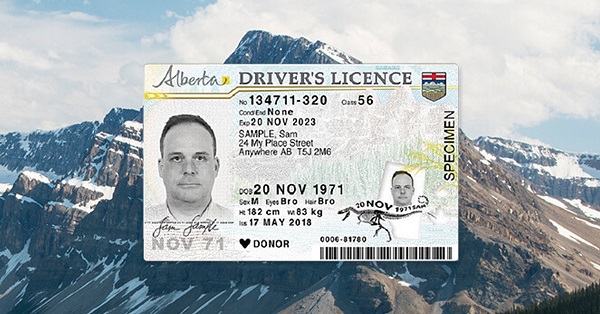Alberta
Due to spending restraint Calgary and Edmonton spend significantly less per person than Alberta’s highest-spending municipalities

From the Fraser Institute
The per-person municipal government spending levels in Calgary and Edmonton—Alberta’s largest and most populous cities—are near the average
spending level of the province’s major municipalities, finds a new study by the Fraser Institute, an independent, non-partisan Canadian public policy think-tank.
“While there’s always room for improvement, the municipal governments in Calgary and Edmonton have done a better job at restraining spending than many other municipalities in Alberta,” said Austin Thompson, senior policy analyst at the Fraser Institute and author of Comparing Per-Person Expenditure and Revenue in Major Albertan Municipalities, 2009-2023.
According to the study, which compares the finances of 25 Alberta municipalities, in 2023 (the latest year of comparable data), Edmonton ($3,241) and Calgary ($3,144) spent close to the per-person spending average ($3,239) among the 25 municipalities, and significantly less than the highest spenders, which include Grande Prairie County ($5,413), Red Deer County ($4,619) and Lethbridge ($4,423).
Subsequently, in terms of per-person spending, Edmonton ranked 12th highest and Calgary ranked 13th highest.
Moreover, despite significant population growth, both cities restrained spending. From 2009 to 2023, Edmonton’s population grew by 38.2 per cent and Calgary’s population grew by 33.7 per cent, yet per-person spending (after adjusting for inflation) grew by 4.8 per cent in Edmonton and 2.1 per cent in Calgary.
“It’s ultimately up to Albertans to decide if they get good value for their municipal tax dollars, but it helps to compare spending levels among municipalities across the province,” said Jake Fuss, director of fiscal policy at the Fraser Institute.
Municipal government spending per person in Alberta (2023)
Municipality spending per person rank of 25
Grande Prairie County $5,413 1
Red Deer County $4,619 2
Lethbridge $4,423 3
Canmore $4,154 4
Strathcona County $4,106 5
Red Deer $3,788 6
Cold Lake $3,646 7
Leduc $3,452 8
Rocky View County $3,419 9
Grande Prairie $3,342 10
Fort Saskatchewan $3,259 11
Edmonton $3,241 12
Calgary $3,144 13
Parkland County $3,141 14
St. Albert $3,129 15
Sylvan Lake $2,859 16
Spruce Grove $2,760 17
Camrose $2,744 18
Stony Plain $2,695 19
Beaumont $2,626 20
Foothills County $2,570 21
Okotoks $2,456 22
Airdrie $2,187 23
Cochrane $2,142 24
Chestermere $1,652 25
Municipal government average $3,239
Note: This ranking excludes Medicine Hat due to its unique status as the only Alberta municipality operating both an electricity and natural gas utility. Further details are available in the study.
Comparing Per-Person Expenditure and Revenue in Major Albertan Municipalities, 2009–2023
- This study found substantial variation in the per-person expenditure and revenue of 26 major Albertan municipalities between 2009 and 2023.
- On average, inflation-adjusted per-person spending increased by 12.9% across the studied Albertan municipalities, rising from $3,001 in 2009 to $3,389 in 2023.
- Medicine Hat had the highest per-person municipal spending in 2023 at $7,132. The next highest spenders in 2023 were Grande Prairie County ($5,413) and Red Deer County ($4,619).
- Chestermere recorded the lowest per-person spending in 2023 at $1,652, followed by Cochrane ($2,142) and Airdrie ($2,187).
- Municipal expenditure grew faster than population growth and inflation from 2009 to 2023 for 21 of the 26 municipalities in the study. Five municipalities were able to reduce their inflation-adjusted per-person spending: Chestermere (-37.6%), Cochrane (-15.9%), Camrose (-13.2%), Airdrie (-2.1%), and Foothills County (-2.0%).
- From 2009 to 2023, average inflation-adjusted per-person revenue decreased by 1.9% across the studied municipalities, falling from $4,007 in 2009 to $3,933 in 2023.
- Medicine Hat had the highest per-person municipal revenue in 2023 at $8,081, followed by Canmore ($6,317) and Grande Prairie County ($5,530).
- Chestermere had the lowest revenue per person in 2023 at $1,939, followed by Beaumont ($2,498) and Foothills County ($2,583).
Alberta
Alberta’s Justice and Public Safety Ministers shoot down Ottawa’s firearm buyback failure
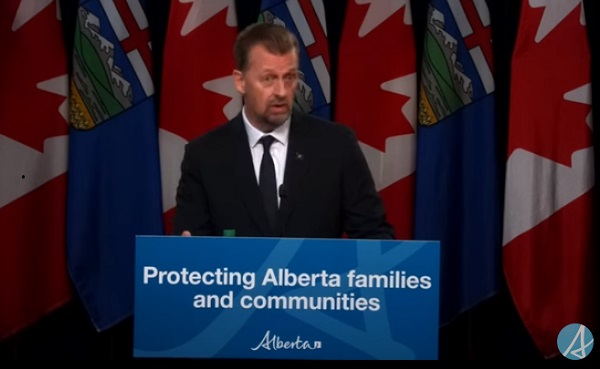
Minister of Justice Mickey Amery and Minister of Public Safety and Emergency Services Mike Ellis issued the following statement on the federal government’s gun grab:
“Since the federal government first introduced its firearms confiscation scheme, Alberta’s government has been clear that we oppose any policy that undermines law-abiding firearms owners, including ineffective and expensive buyback programs that do not combat the criminal use of firearms.
“Albertans and Canadians have been rightfully concerned that attacking law-abiding firearms owners does not address the spike in illegal gun crime under the federal Liberal government.
“This confiscation scheme is not about public safety. The federal Minister of Public Safety said himself that he doesn’t think that the police can properly enforce the program and acknowledged that the Ontario Provincial Police will not enforce the program in that province. Further, the minister has made it very clear that they are only keeping this program to satisfy Liberal voters in Quebec.
“The Prime Minister told Canadians in a Sept. 10 radio appearance that this buyback program is a ‘voluntary return for compensation’ and is about getting crime down and keeping communities safe. Not to mention leaked audio that shows the minister himself is doubtful this policy will be effective or enforced. Now, the federal government has changed its tune.
“Alberta’s government has already taken action by stopping municipalities from implementing arbitrary patchwork firearms policies and preventing anyone in Alberta from seizing, storing or destroying firearms without a license from Alberta’s Chief Firearms Officer.
“Simply put, Alberta’s government will not be enforcing this gun grab, and we will make clear to law enforcement that this is not an enforcement priority. We expect them to focus their time and resources on real provincial policing priorities – like violent criminals, not hunters and sport shooters.
“We will also continue to advocate for Alberta to regulate the legal use of firearms so Albertans can continue to own, collect and use firearms for sport shooting and hunting.
“The Liberal government should end this program, which will waste over $700 million and counting and directly attacks firearms owners, and instead prioritize measures that will actually keep Canadians safe.”
Alberta
Federal policies continue to block oil pipelines
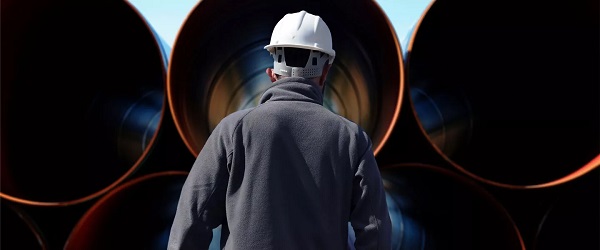
From the Fraser Institute
By Tegan Hill and Elmira Aliakbari
Prime Minister Carney’s recently released list of five projects—which the government deems to be in the national interest and will expedite—doesn’t include a new oil pipeline for western Canada in general or Alberta in particular. The reason given was that no private developer stepped forward to finance or build one. But the reason for that is not a mystery: Justin Trudeau’s damaging energy policies continue to drive away oil and gas investment even though his successor campaigned on a different, more pragmatic approach. It’s no wonder Albertans are frustrated.
Promising to make Canada the world’s leading “energy superpower,” the Carney government in the spring introduced Bill C-5, the “Building Canada Act,” to give the federal cabinet sweeping powers to circumvent existing laws and regulations for projects deemed to be in the “national interest.” In effect, cabinet and the prime minister are empowered to pick winners and losers based on vague criteria and priorities. But while specific projects will be expedited, so far nothing has been done to undo the damaging federal policies that have hamstrung Canada’s energy sector over the last decade.
Trudeau-era changes to the regulatory system for large infrastructure projects included: Bill C-69 (the federal “Impact Assessment Act”); the West Coast tanker ban (as spelled out in federal Bill C-48); and the federal cap imposed exclusively on oil and gas emissions. These have hindered energy investment and development and impeded prosperity, not only in energy-producing provinces, but across the country.
The Energy East and Eastern Mainline pipelines from Alberta and Saskatchewan to the east coast would have expanded Canada’s access to European markets. But the Trudeau government rendered the projects (Energy East and the Eastern Mainline) economically unprofitable by introducing new regulatory hurdles that ultimately forced TransCanada to withdraw from the project.
A year after taking office, the Trudeau government simply cancelled the Northern Gateway pipeline, an already approved $7.9 billion project that would have transported crude oil from Alberta to the B.C. coast, thus expanding Canada’s access to Asian markets. As for Trans Mountain, the one pipeline project that did survive the Trudeau years, after the private investor was frightened off by regulatory hurdles and delays and the federal government took over, costs sky-rocketed to $34 billion—more than six times the original estimate.
With policies like these still in place, it’s no wonder investors aren’t lining up to put big money into Canadian oil and gas. Just how great the discouragement has been is indicated by the 56 per cent inflation-adjusted decline in overall investment in the oil and gas sector between 2014 and 2023 (from $84.0 billion to $37.2 billion).
That decline in investment has had and will continue to have big consequences for the western provinces, particularly Alberta, where energy is a key part of the economy. But it would be a mistake to think the costs are limited to Alberta. From 2007 to 2022, Albertans’ net contribution to federal finances (total federal taxes they paid minus federal money spent on or transferred to them) was $244.6 billion. A strong Alberta helps keep taxes lower and fund public services across Canada.
Canada urgently needs new oil pipelines to tidewater. The U.S. is currently the destination for 97 per cent of our oil exports. This heavy reliance on a single customer leaves us exposed to policy shifts in Washington, such as the recent threat of tariffs on Canadian energy. Expanding pipeline infrastructure both westward and eastward would help diversify our export market into Asia and Europe, as well as strengthen our energy security.
Prime Minister Carney’s short list of projects is another blow to western Canada, and especially Alberta. There’s an obvious reason no private developer has stepped forward to finance or build a new oil pipeline: the Trudeau government’s damaging energy policies. The federal government needs to undo these policies and allow the private sector to make Canada an energy superpower.
-

 Bruce Dowbiggin2 days ago
Bruce Dowbiggin2 days agoChoking The Night Away: Can Blue Jays/ Tigers Recover?
-
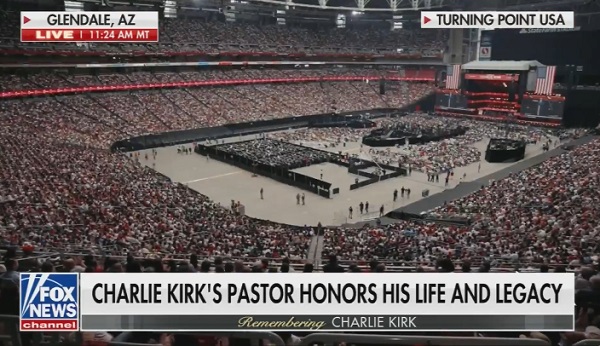
 Opinion1 day ago
Opinion1 day agoApproximately 100,000 people join Charlie Kirk’s wife Erika, President Trump, VP JD Vance, RFK Jr., for Charlie’s memorial service
-

 Sports2 days ago
Sports2 days agoCFL Evolution! Canadian Football League moving field goal posts, changing “rouge” rules, shrinking end zone and field size!
-

 armed forces1 day ago
armed forces1 day agoSecretive Lockheed Martin Skunk Works reveals latest high-tech military drone
-
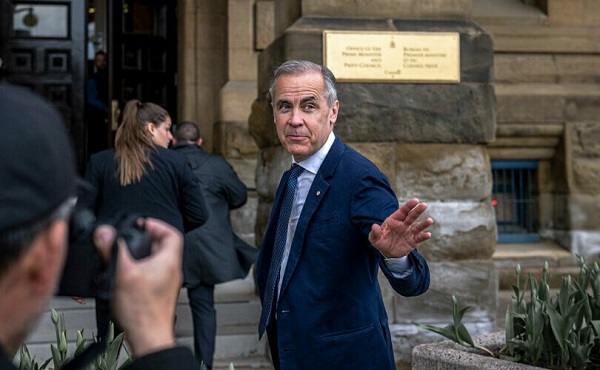
 National2 days ago
National2 days agoCanada Recognizes Palestine, Allows Taiwan to Be Sidelined: A Tale of Two Standards in Ottawa’s Foreign Policy
-
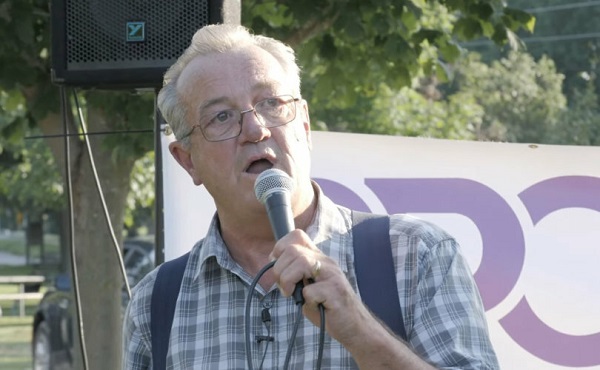
 COVID-191 day ago
COVID-191 day agoCOVID charges dropped against Canadian politician who opposed mandates, lockdowns
-
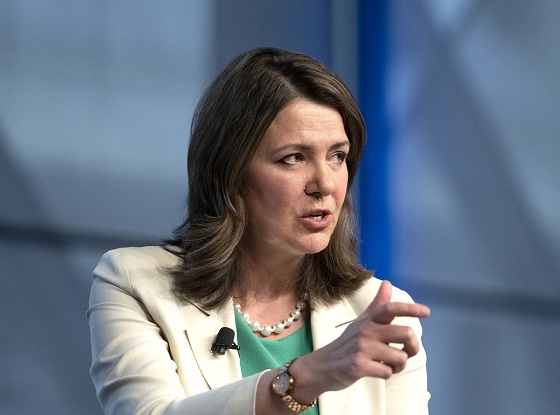
 Alberta1 day ago
Alberta1 day agoAlberta preparing to protect pro-family laws by invoking notwithstanding clause: leaked memo
-

 Focal Point1 day ago
Focal Point1 day agoWhite House Announces Tylenol–Autism Link, Opens Door to Vaccines




